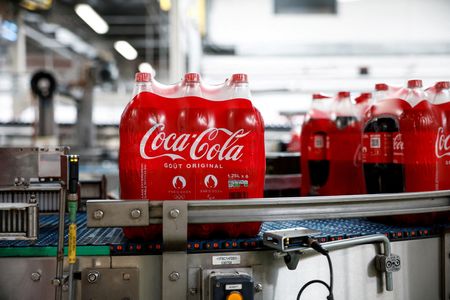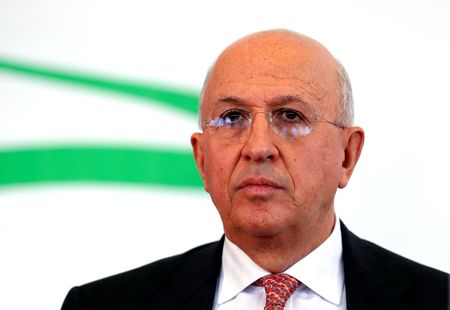By Tristan Veyet, Jesus Calero and Luca Fratangelo
(Reuters) – Global potash supply is returning to levels seen before the invasion of Ukraine, as Russia and Belarus sidestep Western sanctions by increasing shipments to Asia and South America, pressuring producers to cut output and avoid oversupply.
Potash production is expected to reach 73 million metric tons this year, with Russian exports at 12-13 million tons and those from Belarus at around 10 million tons, Julia Campbell, head of the potash pricing service at commodity price agency Argus, said.
Potash prices have started to normalise following a period of volatility following Russia’s invasion of Ukraine.
“Russian exports dropped sharply after the war in Ukraine began due to financial and logistical challenges. But these problems have since eased,” Campbell said.
Increased exports from Canada, Jordan and Laos have also boosted global supply and brought down prices, adding to the fears of possible oversupply, with a slight improvement in demand expected only in 2025.
During their half-year earnings reporting, major potash producers such as Germany’s K+S sounded optimistic about growing demand and stabilizing prices.
However, analysts have since warned the abundant global supply would put a cap on pricing, dampening the companies’ earnings prospects.
“I don’t think there’s likely to be any sort of premium pricing or any real pricing benefit as a result of the global supply shift and the global trade shift. We saw that mostly in 2022 and into 2023 when prices were still moderating,” Morningstar analyst Seth Goldstein told Reuters.
As such, Canada’s share of global potash trade increased significantly in 2022, while those of Belarus and Russia declined. Prices have since dropped below $300 a ton from a mid-2022 peak of $1,000, on weak demand, data from Argus showed.
“We are likely nearing the operational cost of production, which may force some companies to curb production,” Rabobank analyst Paul Joules said.
Canada’s Nutrien, the world’s top producer of the mineral mainly used in fertilizers, suspended its ramp-up plans for potash production in August, citing market conditions.
RISING SHIPMENTS, GROWING CONCERNS
Russian producers have increased shipments to China and India via new rail routes since Russia exited the Black Sea grain deal last year. This has boosted demand in Southeast Asia and South America, Morningstar’s Seth Goldstein said.
Belarusian exporters have shifted cargo from Baltic ports to Russian ones and are offering potash at a discount via these new routes bypassing sanctions, he added.
Meanwhile, Swiss-based Eurochem is expanding facilities at its Usolskiy and Volgakaliy sites in Russia.
“The MOP (muriate of potash, or potassium chloride) sector specifically, is already experiencing a period of very heavy supply,” said Humphrey Knight, an analyst at CRU London.
FARMING THE PRICE DROP
The fall in potash prices has improved affordability of some grains and oilseeds, fertilizer consultant Delphine Leconte-Demarsy from the U.N. Food and Agriculture Organization said.
“In the U.S., potash remains more expensive than it was before the price hike, but this is compensated by comparatively higher crop prices,” Leconte-Demarsy said.
But she added local farmers were affected differently depending on logistical costs and exchange rates.
“In China, while potash is currently more affordable than before the price hike for wheat and maize, depressed rice markets curb potash use for this crop,” she said.
In Brazil, a major exporter of agricultural products, potash prices are back to 2019 levels, boosting its use for more highly priced crops such as soybeans and maize.
Farmers will continue to reap the benefits as the tight market is expected to keep potash prices below historical averages, Rabobank’s Joules said.
($1 = 0.9215 euros)
(Reporting by Tristan Veyet, Jesus Calero and Luca Fratangelo in Gdansk, editing by Milla Nissi, Matt Scuffham and David Evans)











